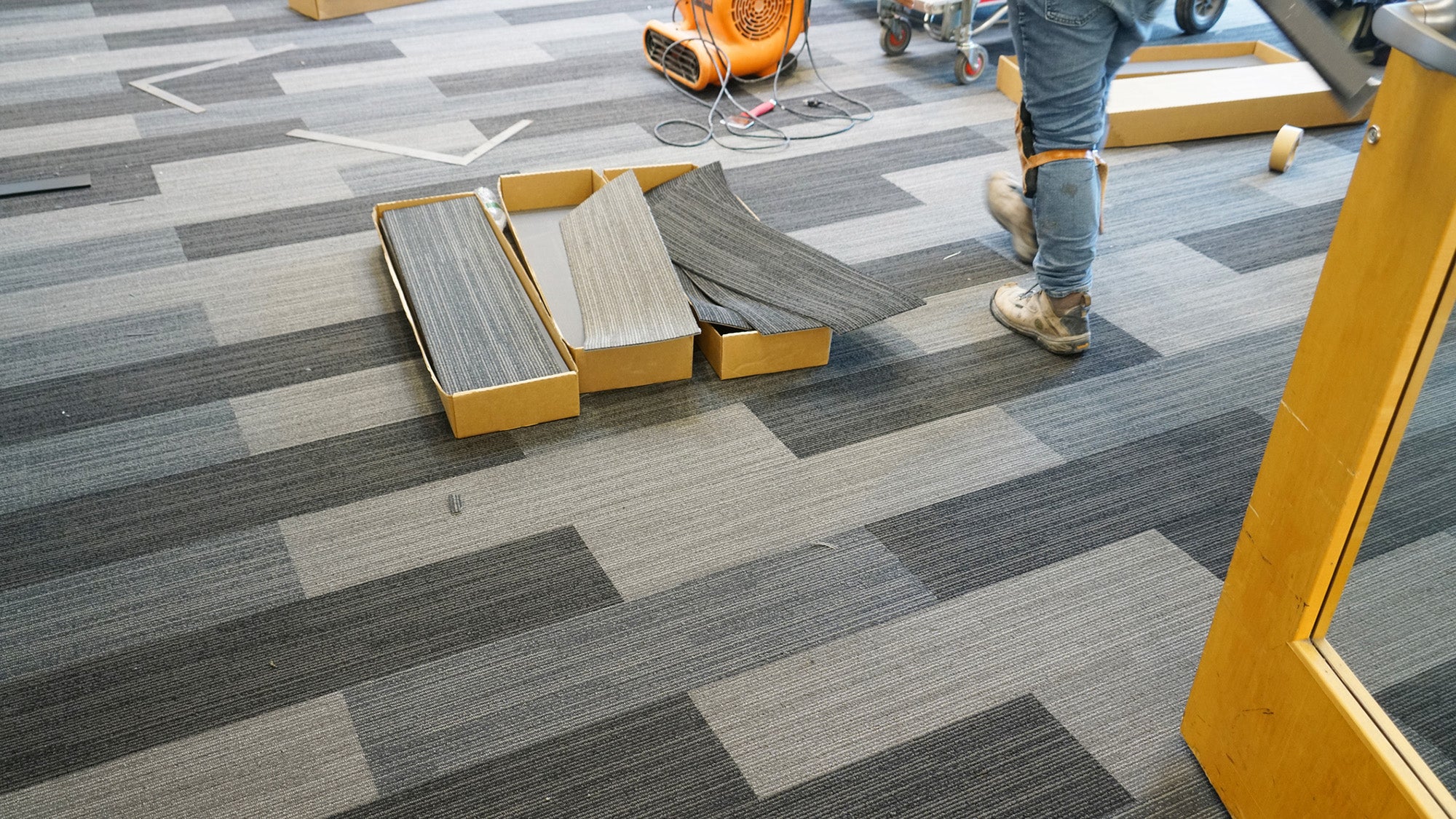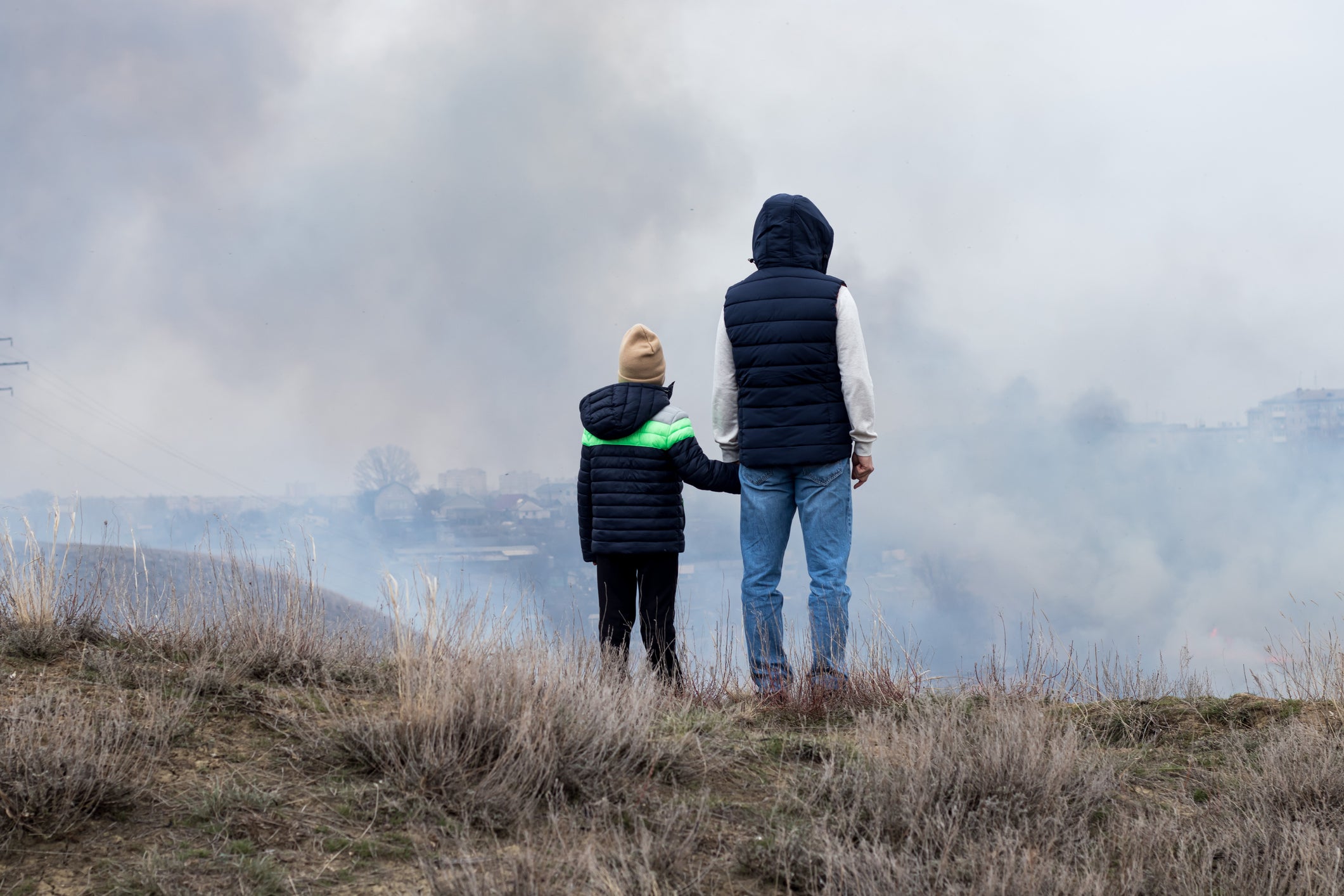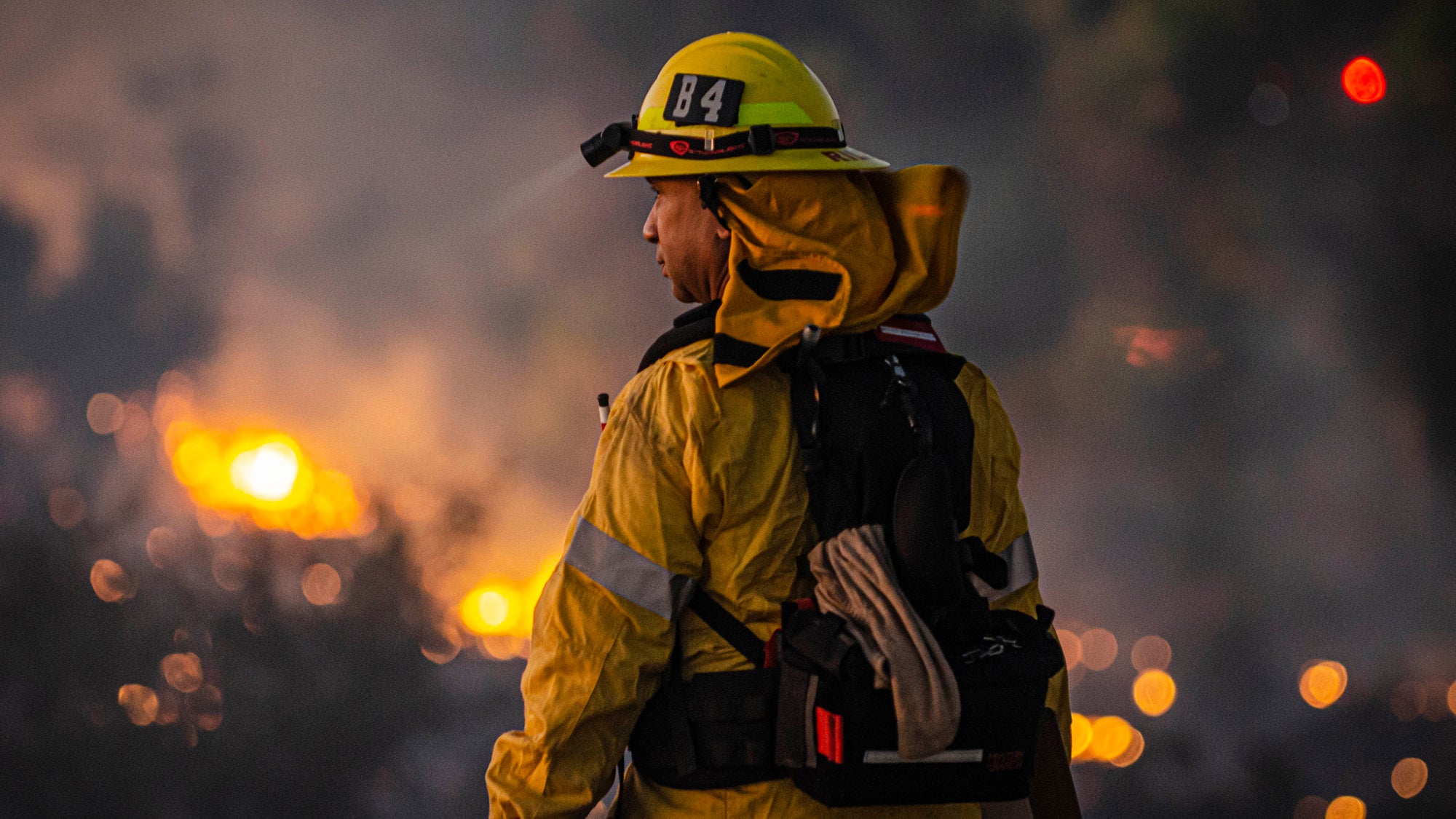Addressing climate change with a public health-first approach
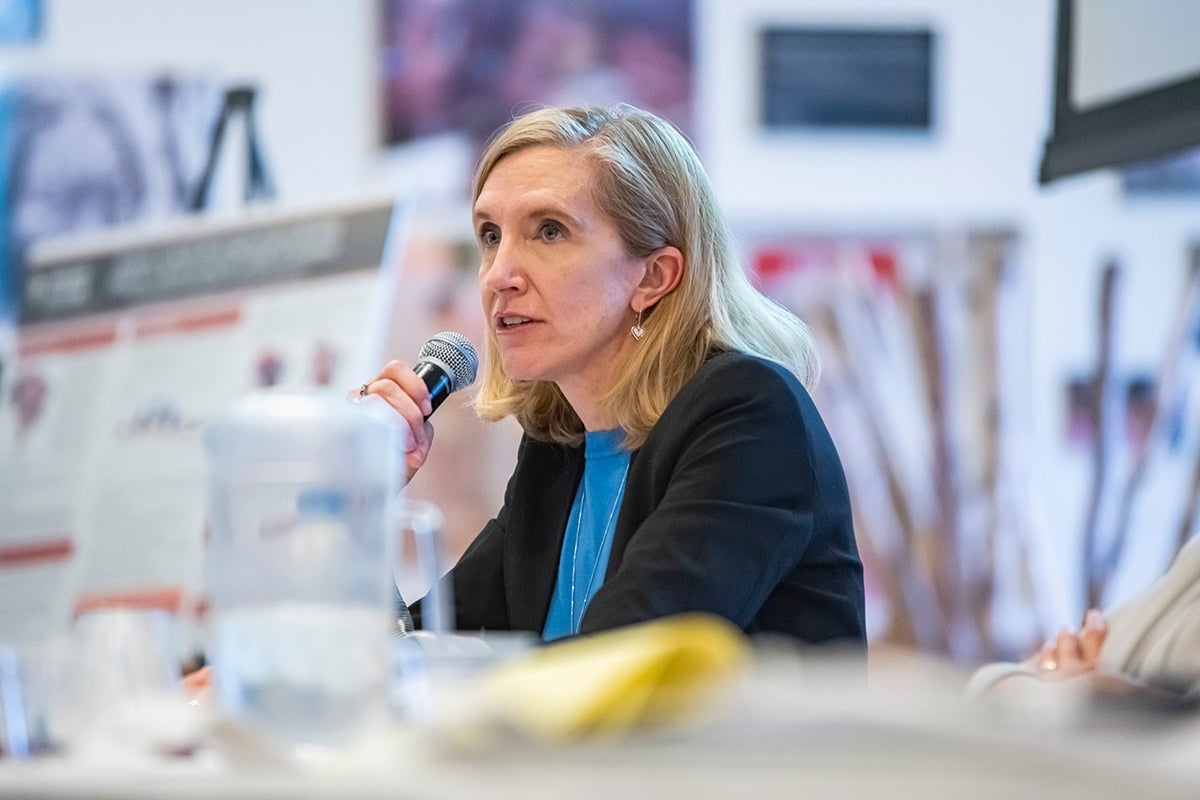
As the School’s new chair of the Department of Environmental Health, Kari Nadeau trains her expertise on finding solutions to climate-related health issues.
May 4, 2023–Working with farmworkers in California’s Central Valley for two decades, environmental health researcher Kari Nadeau noticed a disturbing trend. Pollen season kept coming earlier and earlier, and more and more people were suffering from acute allergies and asthma. “The season in California used to start in March, and now it starts in January,” she says. She started asking herself, “Why is this happening two months earlier? Why are plants emitting more pollen? Why are more people suffering?”
The answers were the same: climate change. Carbon dioxide is a stimulant for grasses and ragweed, causing them to emit more pollen even as the warming climate causes them to produce pollen earlier. At the same time, studies showed climate change was making wildfires more severe. “Central Valley was suffering from wildfire smoke about 100 days a year, while 20 years ago it was more like 20 days a year,” says Nadeau, at the time director of Stanford University’s Sean N. Parker Center for Allergy & Asthma Research and Naddisy Foundation Professor of Medicine and Pediatrics. Air pollutants caused by the changing climate, she and colleagues found, were not only creating a public health crisis for farmworkers in the Central Valley but also for people in the Bay Area.
“People’s health is inextricably linked to the planet’s health,” Nadeau says. “Researchers have shown that heat stress, air pollution, extreme weather events, displacement, all increase not only acute but also chronic health outcomes. I wanted to expand my thinking towards solution-facing research with policy-related outcomes.”
She is doing just that as the new John Rock Professor of Climate and Population Studies and chair of the Department of Environmental Health at the Harvard T.H. Chan School of Public Health. Not only will she continue her own research as one of the world’s foremost experts on pollution exposure, allergies, and asthma, but she will also empower students and junior faculty to conduct research needed for policymakers to act. “It’s not just about one solution or one person,” says Nadeau, who started in January. “It’s about working in multidisciplinary teams, seeing if that solution worked for local and/or global communities, and if not, why not, and then improving and benchmarking again. It is an iterative process. It’s going to take a lot of people with different expertise to address the health effects and solutions to global warming.”
A global perspective on health as a human right
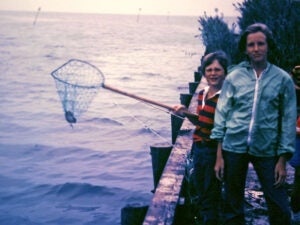
Nadeau, who spent some of her early childhood living on a houseboat in New Jersey, has long considered the link between the environment and human health. Her mother was a public health nurse, and her father conducted research on water pollution for the Environmental Protection Agency. “He instilled in me a sense of protecting the environment and loving the environment,” she says. “They both showed me public health is very important and environmental health is critical.” As a teenager she lived in both Norway, where she saw the effects of socialized medicine, and Nicaragua, where health care was declared a human right under the Sandinista government, leading to declines in negative outcomes, including infant mortality. She says that both experiences “really affected my view of the world, showing how things could be better than in other countries where health care is seen as a privilege.”
She studied biology, biochemistry, and social anthropology at Haverford College before earning her MD/PhD at Harvard Medical School (HMS) in the Medical Scientist Training Program, where she focused on global health issues including parasitology. “I took all my stats courses at the public health school,” says Nadeau, noting that she’s happy to be back on familiar ground. As a postdoctoral fellow at Harvard and as a resident at Boston Children’s Hospital, she became interested in the role of the immune system in preventing disease, eventually moving to California in 2003 and training as a fellow in allergy, asthma, and immunology at Stanford. She joined the faculty in 2008 and became director of the Parker Center in 2016. At Stanford, Nadeau researched air and water pollution, and immune system changes in children and adults.
Food allergies as a scientific and entrepreneurial focus

Nadeau also helped develop techniques such as using gradual exposure to allergens to retrain the immune system and slow the debilitating effects of food allergies on the body. She describes her seminal research in the 2020 book she co-authored with journalist Sloan Barnett, The End of Food Allergy: The First Program to Prevent and Reverse a 21st Century Epidemic. Determined to translate her research into practical solutions for patients she co-founded four biotech companies, each of which takes a different approach to preventing or minimizing the harm from food allergies.
SpoonfulONE, for instance, markets crackers and powders that contains small amounts of allergens to train babies’ and toddlers’ immune systems to recognize—and accept—foods such as peanuts, milk, egg, shrimp, and soy. Another company, igGenix, is developing therapeutic antibodies designed to block both food and environmental allergies (such as pollen, dust, and pet dander) in both children and adults. AllAdapt Immunotherapeutics is in clinical trials with an investigational oral immunotherapy containing 15 potential allergens.
Nadeau points out that allergies can be far more serious than just a runny nose and scratchy throat. Food allergies, of course, can be fatal, and avoiding exposure can severely restrict social activities for children and families. Environmental allergies that cause the classic eye-ear-nose-and-throat symptoms can also carry hidden hazards. Bacteria thrive in mucus, so producing excess quantities raises the risk of pneumonia, sinusitis, and other infections. Allergies also put the immune system on high alert, to the point where immune cells can start attacking otherwise healthy systems, raising the risk of cardiovascular disease and autoimmune conditions.
Pinpointing the dangers of pollution
While she was living and working in California, Nadeau observed growing evidence of the effects of environmental changes due to climate change–associated events—most dramatically, the increasing severity and extent of wildfires. Nadeau and her family had to evacuate their home three times during 2020 and 2021 due to fires. Seeing how wildfires affected the lives of children and families, especially the underserved, she decided to work with educators at Stanford and integrate climate change and health classes into the course curricula at the undergraduate and graduate levels. She also co-founded the Climate Change and Health Equity Task Force at Stanford Medical School.
At the same time, Nadeau continued to explore the link between environmental exposures and allergies and asthma in both the Central Valley and the Bay Area. She and colleagues discovered that exposure during pregnancy to pollutants in diesel exhaust, specifically polycyclic aromatic hydrocarbons, permanently modified women’s DNA, changing an immune cell response to cause asthma. “Epidemiological studies show pollution increases asthma risk, but up to that point, no one had actually traced the chemistry behind it,” she says. She says she drew on her biological chemistry studies from HMS to help demonstrate the mechanism by which those chemicals altered the body.
That kind of biochemical and mechanistic research is key to change, says Nadeau, likening it to research showing how tobacco smoking caused cancer. “There were a lot of association studies, and with the added data on how tobacco smoke induced cells to divide and become cancerous, that’s when you could see lawmakers pass more legislation for tobacco control.” In the same way, she says, if public health advocates want to inspire a switch from, say, diesel to electric buses, they should be able to quantify the benefits at an epidemiological level and mechanistic level with health outcomes as the framework to help solutions-facing research. At a chemical level, for example, scientists can track changes to a mechanistic marker in the blood—Nadeau works specifically on epigenetic changes in the immune system—that is closely associated with a disease caused by pollution exposure and improved by mitigation and adaptation to climate change.
A growing focus on climate change
Seeking to better understand the kind of evidence that will spur policymakers to act, Nadeau took a leave from Stanford in 2021 to work with the World Health Organization. There, she led the organization’s first update in 25 years of its global wildfire smoke guidelines. Last year, she wrote a review article for the New England Journal of Medicine illustrating all of the ways that the health of children is disproportionately impacted by climate change, including extreme heat, air pollution, food and water insecurity, and mosquito-borne diseases. The article was accompanied by an animated video suitable for schools, showing the connections between climate and children’s health.
Nadeau continues to make the case that it’s crucial for the public to understand how climate change harms health—not in some distant future, or on a distant continent, but right here, right now, in communities around the world. “Study after study suggests that climate change raises the risk for cancer, heart disease, stroke, autoimmune disease, neurodegenerative disorders, asthma, and allergies,” Nadeau and her colleague Sarah Fortune, chair of Harvard Chan School’s Department of Immunology and Infectious Diseases, wrote in recent op-ed in USA Today. “It’s critical that everyone understands this is not an abstract crisis; warming temperatures pose a deeply personal threat to our own health and longevity, and to the well-being of our friends and family.”
An activist vision for Environmental Health
In her new role at the School, Nadeau plans to elevate climate change and sustainability as key focal points for both research and education. But those are far from her only priorities. She also plans to strengthen her department’s focus on environmental justice and health equity and to emphasize the role of the built environment and the workplace as critical determinants of health.
A common thread: A focus on solving problems. That requires first understanding the mechanisms by which various environmental factors cause or contribute to disease, then developing policies to tackle those harms—and finally, rigorously evaluating the results. That impact evaluation “is going to be imperative,” she says. To bring forward powerful solutions, Nadeau plans to emphasize collaboration—across the many disciplines within the Environmental Health Department, across the School and University, with alumni, and with governments and institutions around the world. She dreams, for instance, of bringing together environmental ministers from around the world to confer with scientists and policymakers on practical approaches for mitigating the worst harms of climate change.
Just a few months into her tenure, Nadeau is beginning to model and elevate that type of interdisciplinary collaboration. She helped organize a school-wide symposium on climate, health, and equity in early May, which brought together leading federal and state policymakers, community health workers from around the world, and faculty from both Harvard Chan School and HMS. She also moderated a breakout panel on heat stress with a physician, a materials engineer, and data scientists at a day-long symposium put on by the Salata Institue for Climate and Sustainability at Harvard University. She’s tapping student energy as well, organizing Earth Day activities to channel their desire to make a difference in their communities.
Leaving California for Boston wasn’t a decision Nadeau made lightly, especially since her two youngest children are still in high school. But she hasn’t looked back. As she puts it: “Working in a public health school where I can collaborate and connect with others, lead a department, mentor and teach, and focus on climate change, the world, and the underserved, has been my dream.”
–Michael Blanding, with additional reporting by Stephanie Simon
Photos: Ben Gebo; Courtesy of Kari Nadeau; Stanford Medicine
